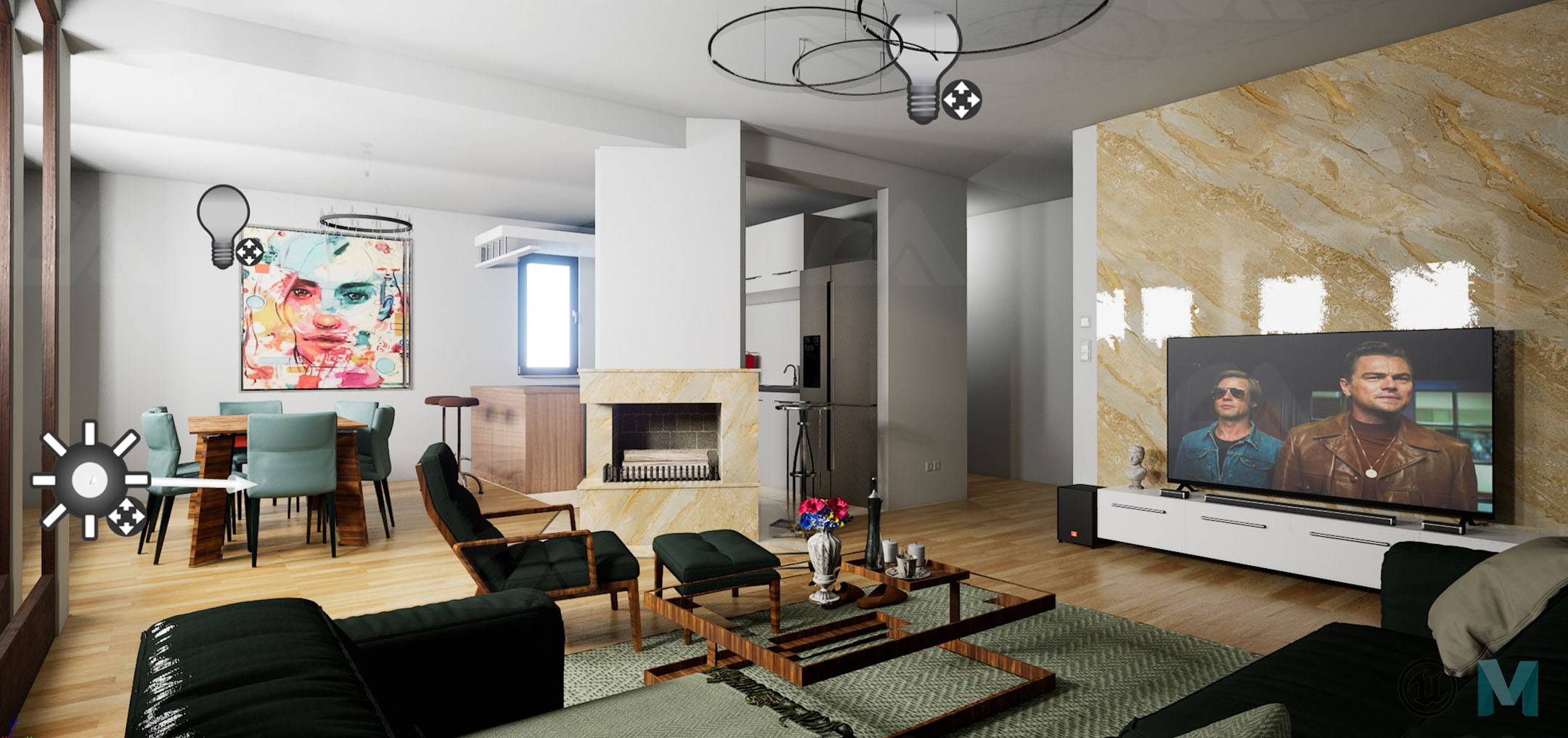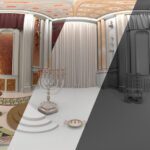Unreal Engine 5’s fully dynamic global illumination and reflection system, which is enabled out of the box, is designed for the next-generation consoles and high-end visualizations beyond games like architectural visualization.
Global illumination
When light leaves a light source, it illuminates all of the surfaces visible from that light source; this is known as direct lighting in computer graphics. In real life, it doesn’t stop there though, it bounces off the surface, picking up the color of the surface as it goes. Light that bounces off of a rough surface in all directions is called diffuse indirect lighting or global illumination. Light that bounces specularly off a smooth surface is called a reflection. Eventually the light reaches your eye, or a camera, and forms an image.
In the past, global illumination, for most games, had to be solved in an offline process called lightmap baking, because it was too computationally expensive to be calculated in real time. In Unreal Engine, lightmaps are baked through CPU Lightmass or GPU Lightmass. Static lighting from lightmaps can provide very high quality, but requires long build times, and greatly constrains the game environment. Any action which changes the indirect lighting in a significant way, like moving a wall-mounted television, will leave lighting in an incorrect state.

Lumen solves global illumination at high quality, including effects like color bleeding and indirect shadows. Lumen supports infinite diffuse bounces, which are important in scenes with bright surfaces like the white paint in the scene below.
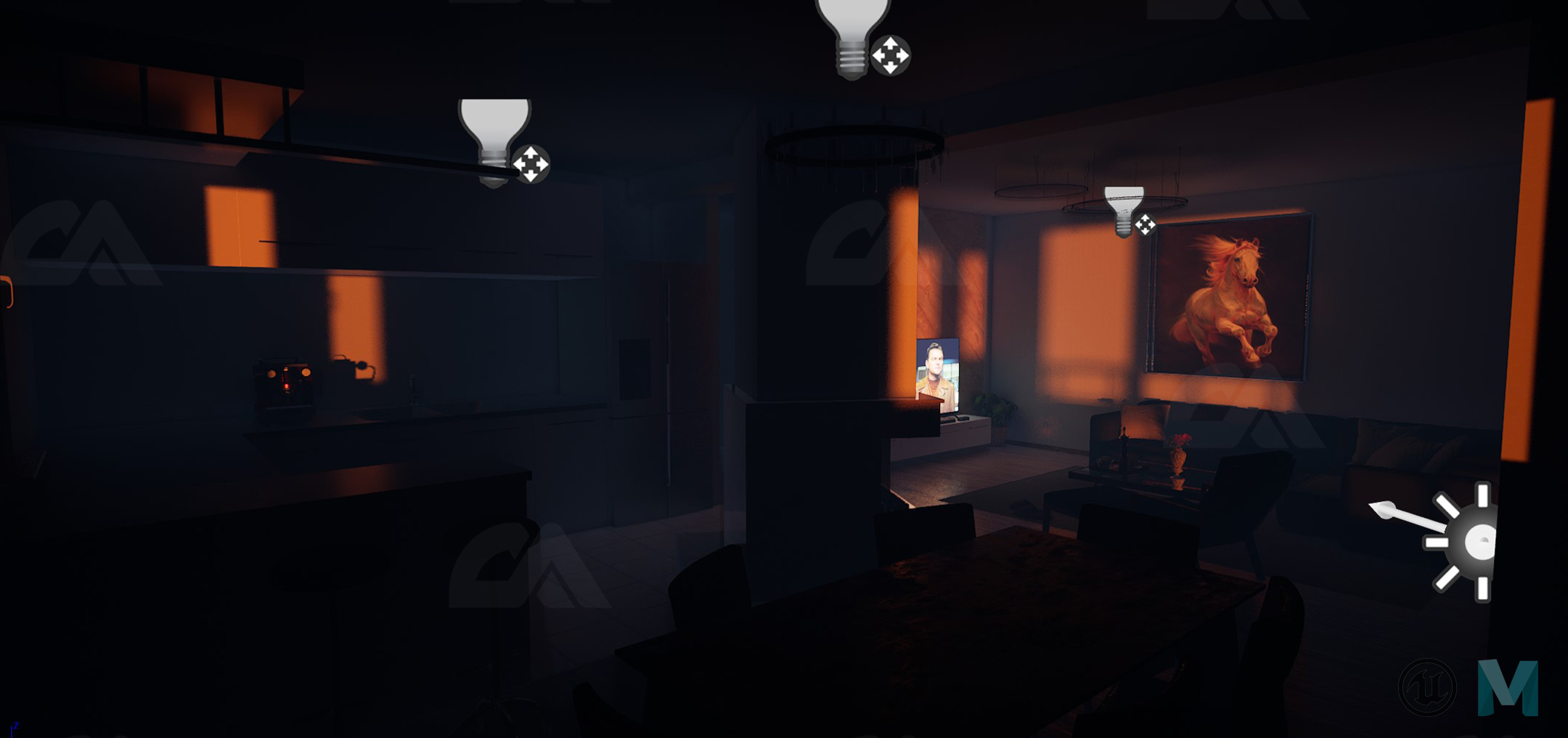
While Lumen is solving global illumination, it also solves sky shadowing, which causes indoor environments to be darker than outdoor ones.
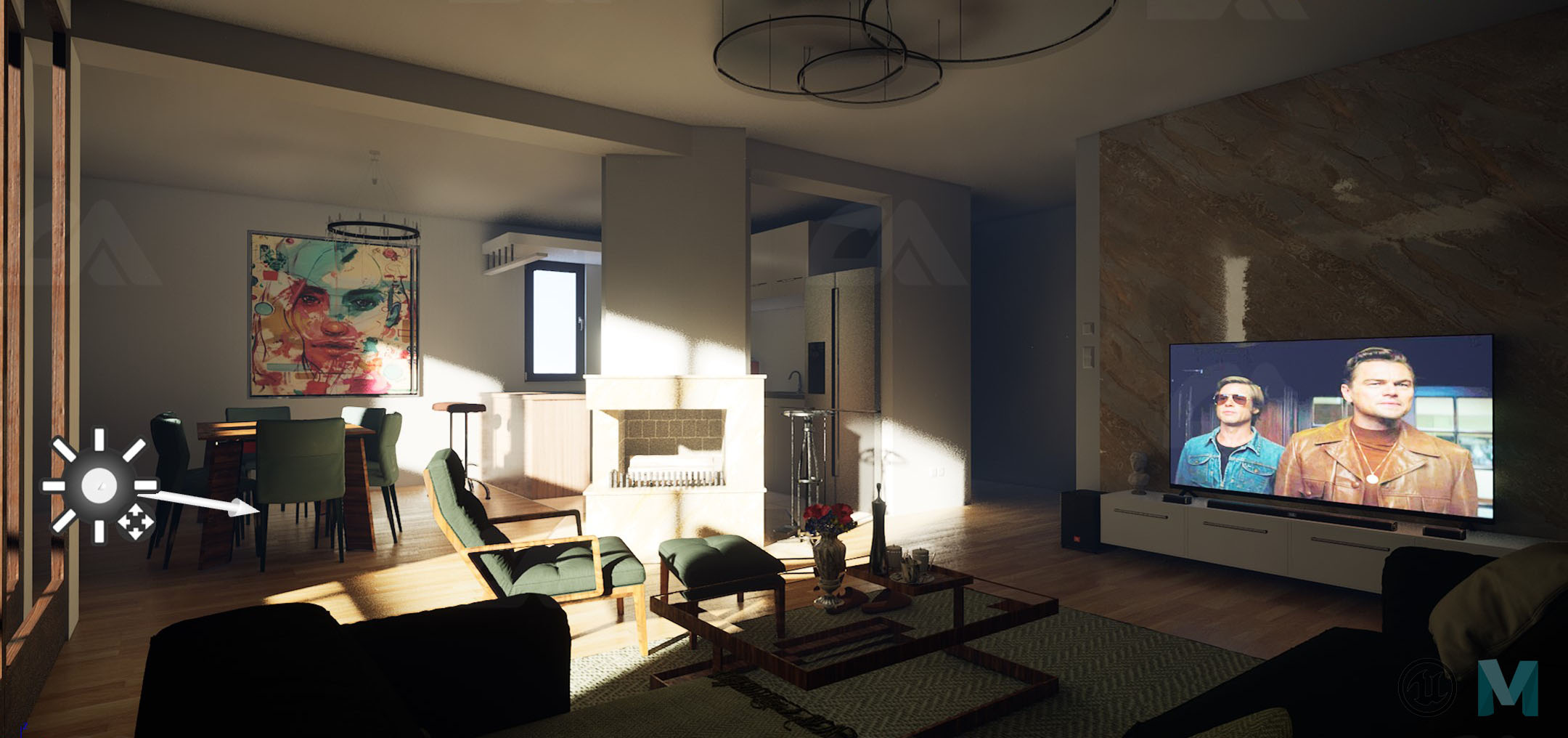
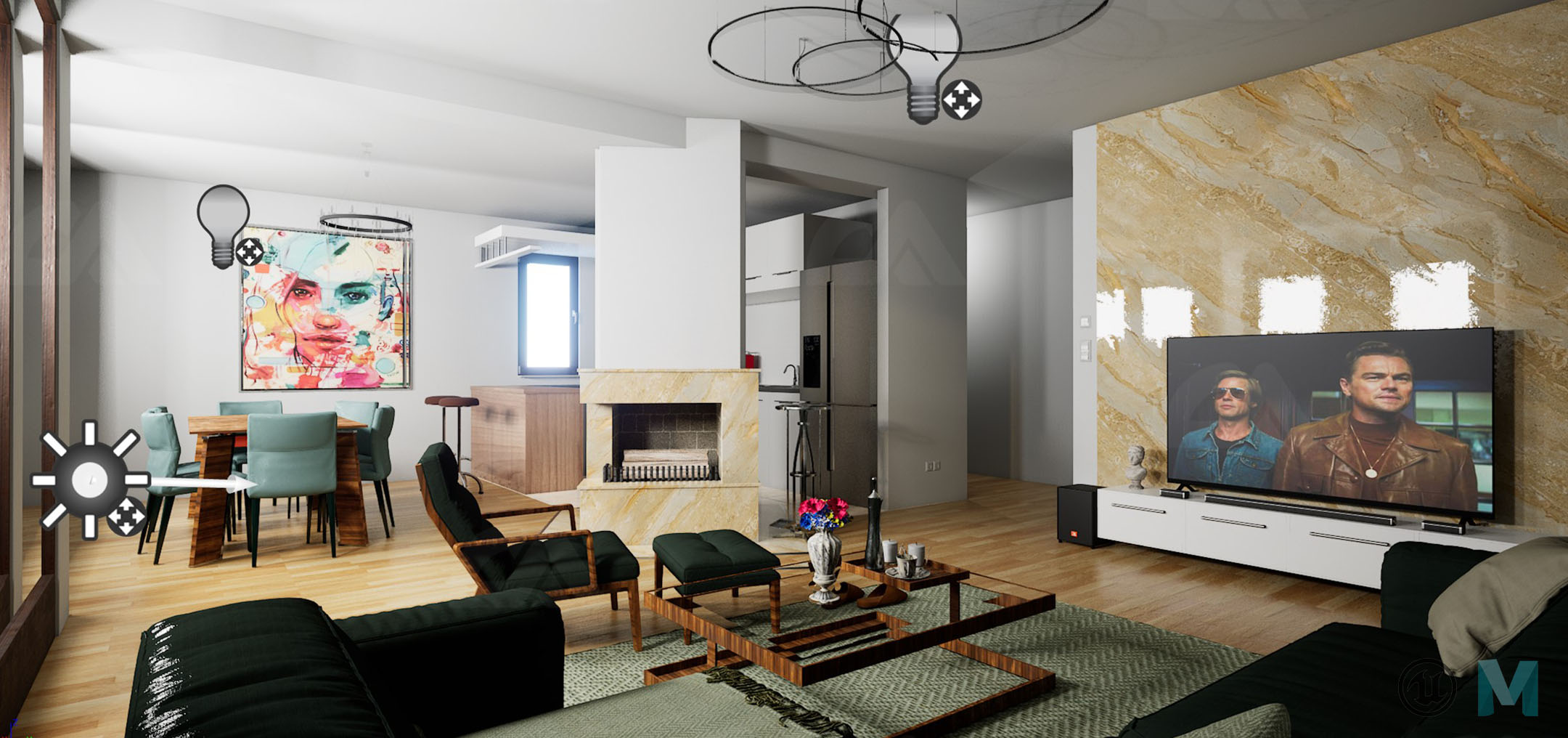
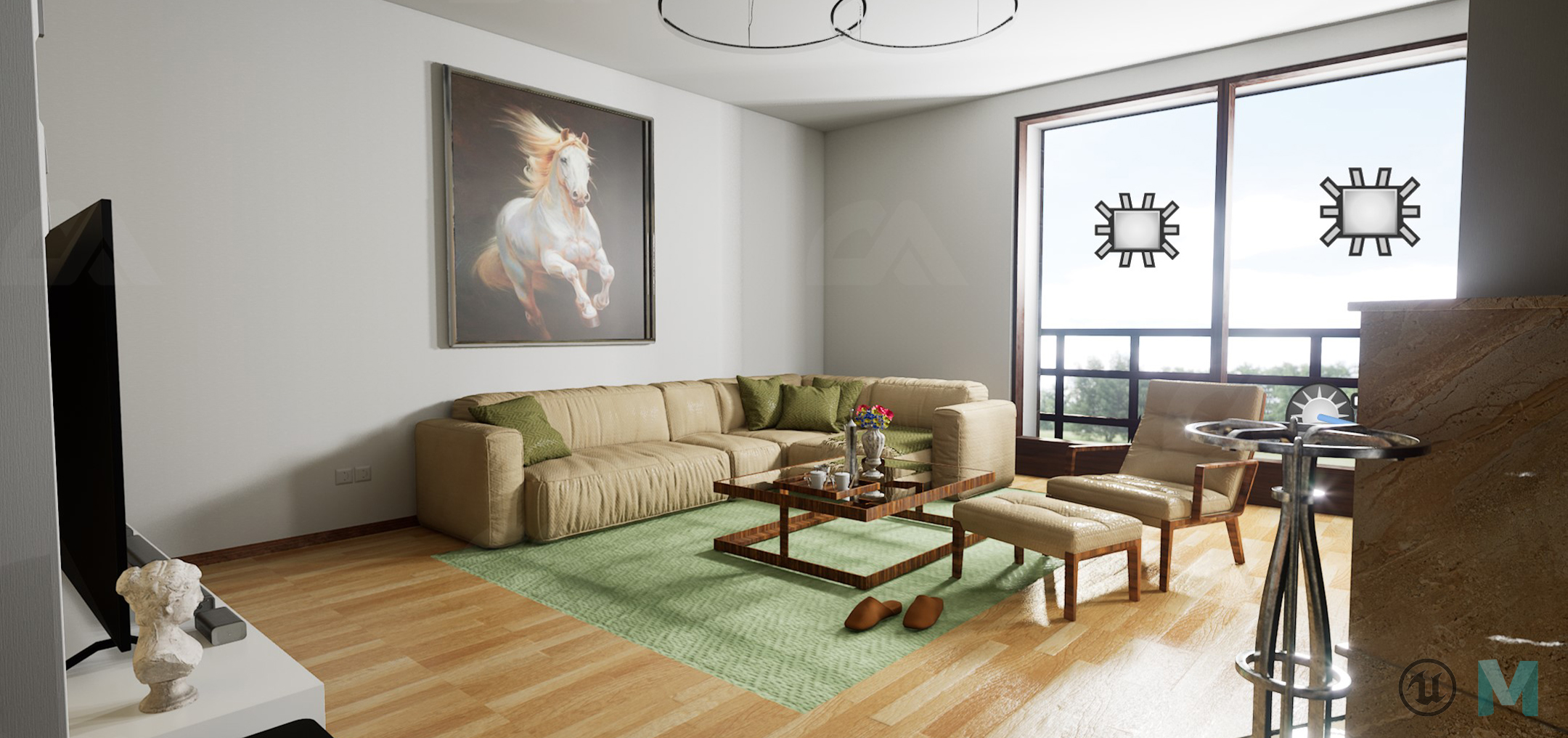
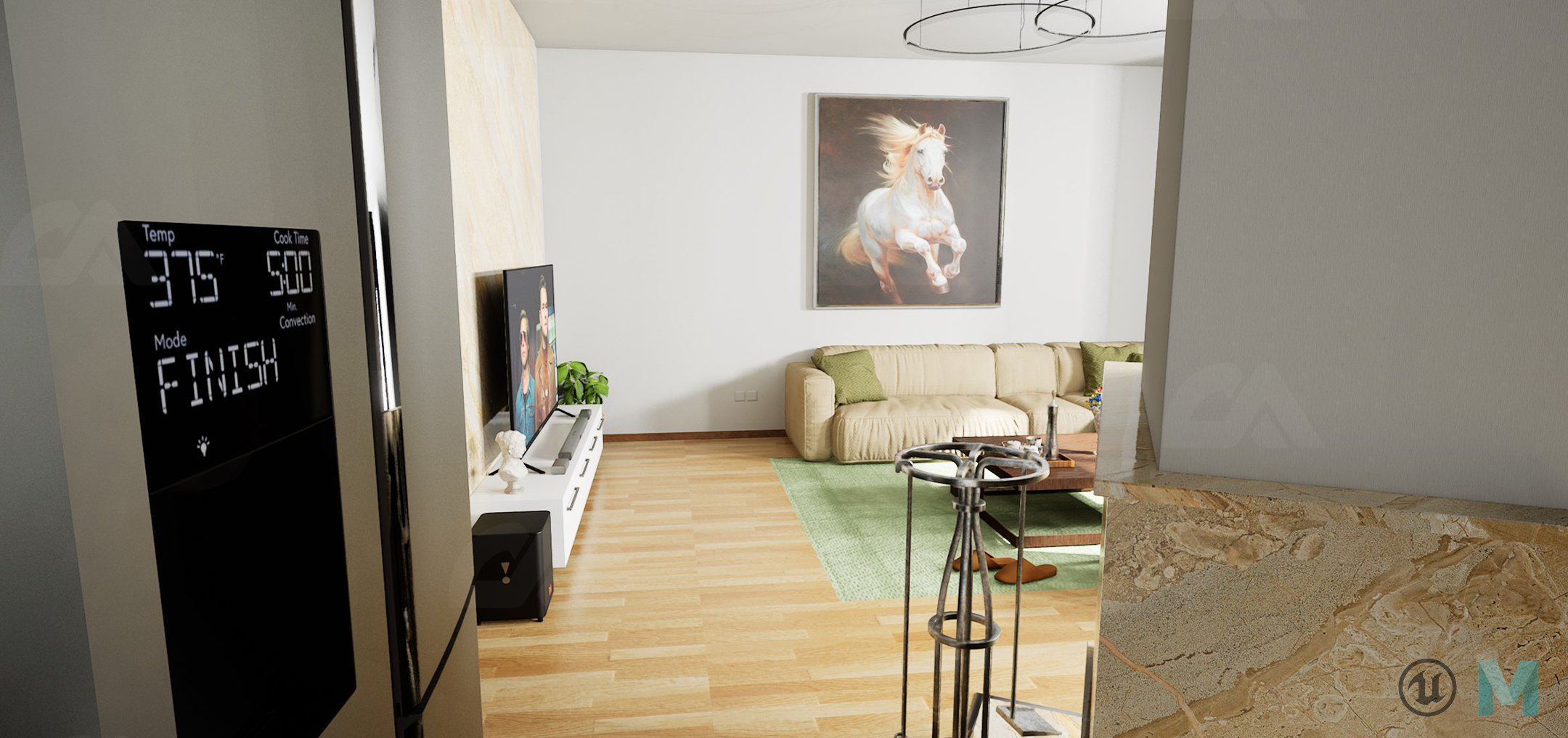

This is personal project of mine created from scratch in my spare time while practicing the outstanding next-gen Unreal Engine 5 Lumen GI and it’s lightning features.
I hope you enjoyed these several images.
There will be update soon!
